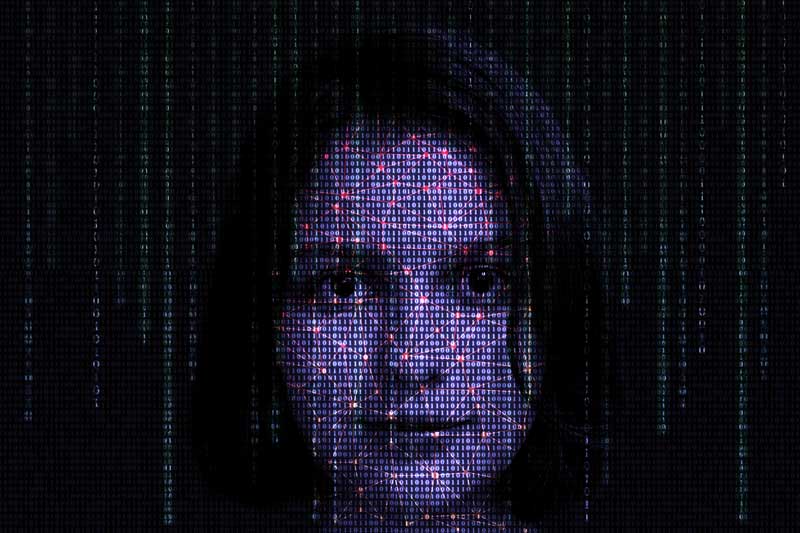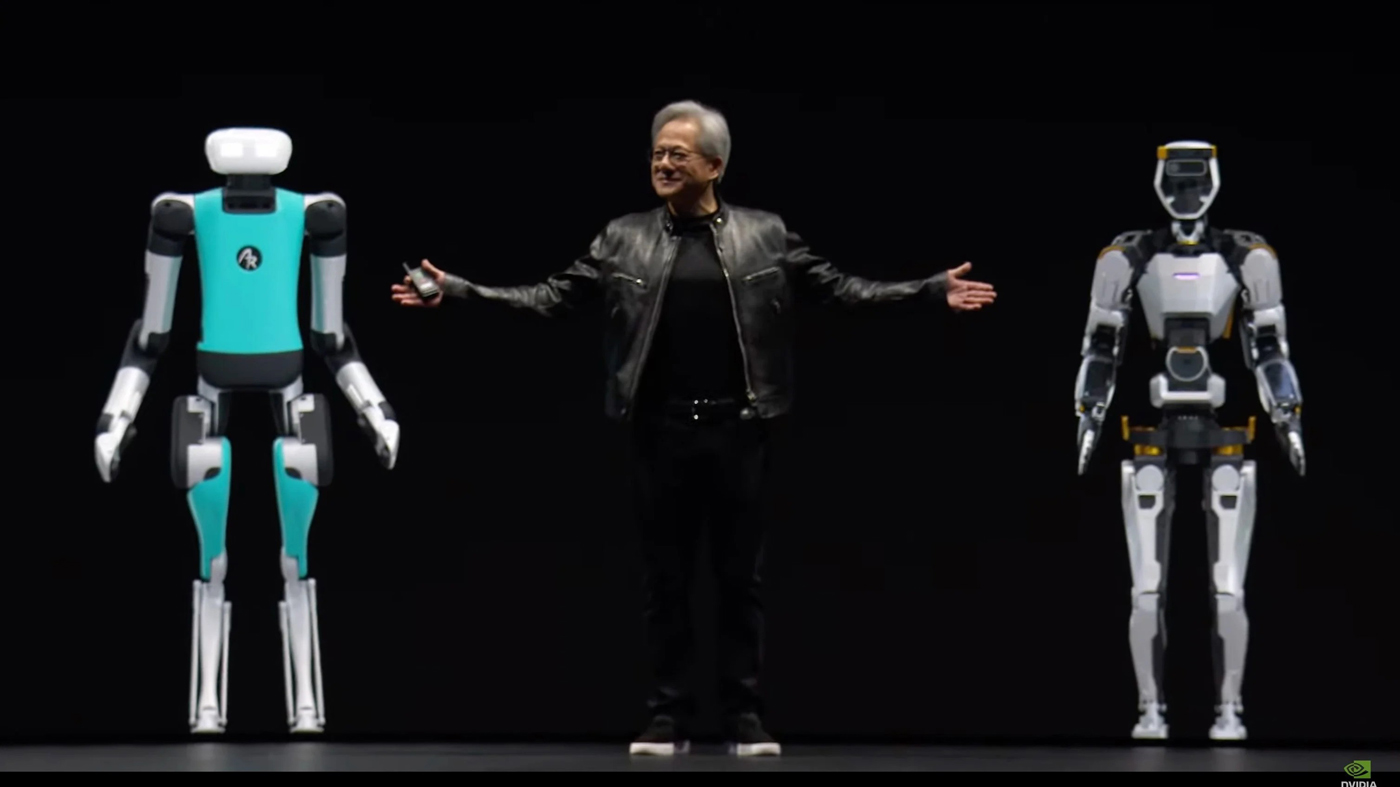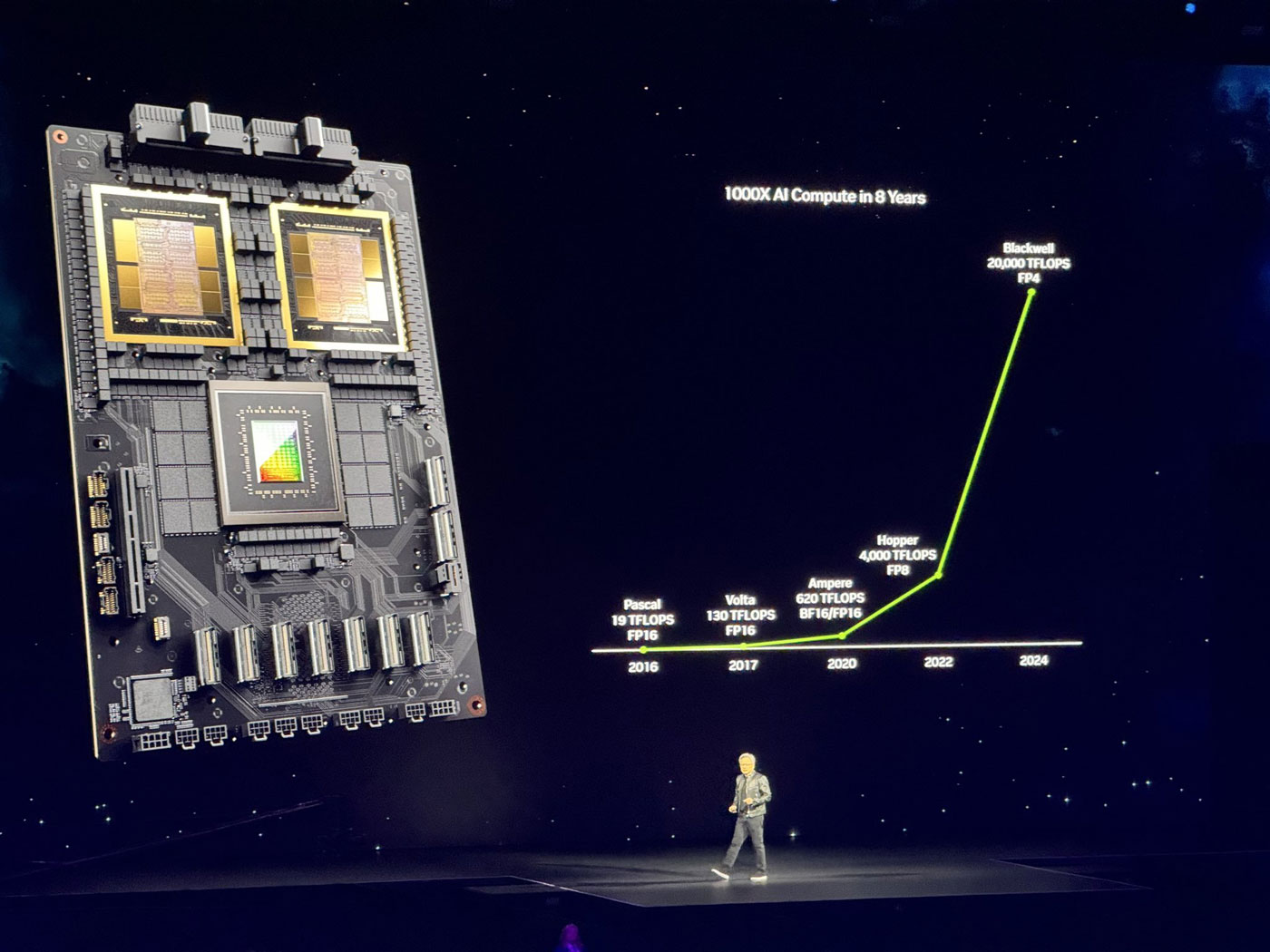Tech companies are starting to use AI to reanimate the dead
Technology has always danced with the edges of life and death, but a new frontier is emerging: the use of artificial intelligence (AI) to simulate the personalities of those we’ve lost. By sifting through mountains of digital breadcrumbs – emails, social media posts, voice recordings – tech companies are attempting to resurrect echoes of a person’s essence, sparking profound questions about grief, connection, and the very nature of identity.
Imagine conversing with a chatbot that seamlessly mimics your late grandmother’s witticisms, or receiving a birthday email penned in your father’s familiar, playful tone. These are no longer fanciful sci-fi tropes. Companies like Eternime and Project Oasis are building AI models trained on vast troves of personal data, aiming to create digital companions that hold onto the ghost of a loved one’s personality.
The potential benefits are undeniable. For grieving families, this technology could offer a bridge to bridge the chasm of loss, providing a platform for reminiscing, seeking solace, or even receiving virtual advice. But ethical concerns loom large. Can an AI truly capture the nuance and complexity of a human soul? Is it exploitative to resurrect someone’s digital persona without their consent? What happens when these simulations blur the lines between memory and reality?
Critics warn of potential harms. Deepfakes and impersonation technology have already been used to spread misinformation and damage reputations. In the wrong hands, an AI facsimile of a loved one could be manipulated for emotional blackmail or financial gain. Moreover, preserving digital echoes indefinitely could hinder healthy grieving processes, trapping us in the past instead of embracing the future.
Navigating this digital afterlife requires a delicate dance. Clear user consent and robust security measures are paramount. Transparency about the limitations of AI is crucial, ensuring users understand they’re interacting with a simulation, not a resurrected soul. Most importantly, this technology should serve as a tool to complement, not replace, traditional methods of mourning and remembrance.
Ultimately, the question isn’t whether AI can truly resurrect the dead, but whether it can offer a meaningful tool for coping with loss. In the hands of responsible developers and users, this technology could become a bridge between grief and healing, helping us carry the voices of our loved ones not in cold silicon, but in the warmth of cherished memories.





